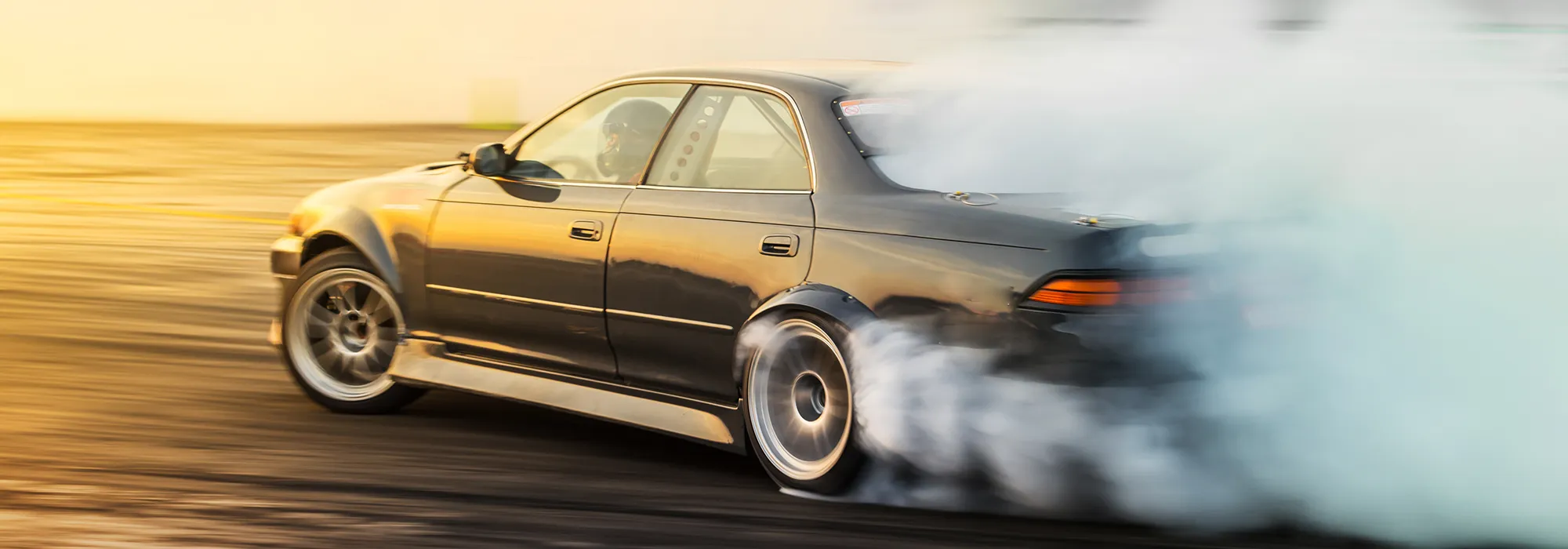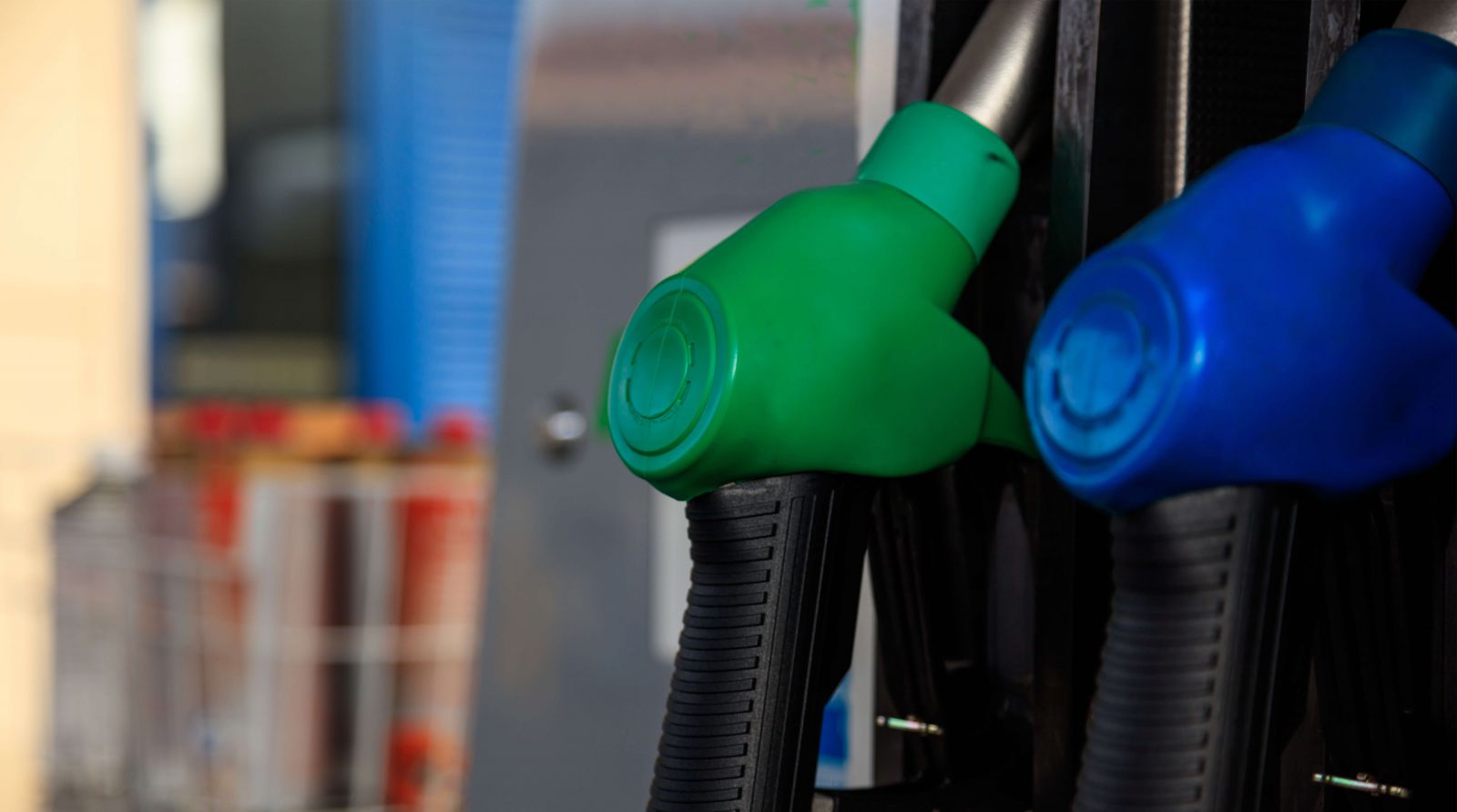Performance Fuels

Why Does E85 Run Cooler and Make More Power?
- Category:
- Fuel Facts
by Grassroots Motorsports
Posted on 9/19/2024

Does E85 run cooler and make more power than traditional gasoline because a website says so? No, it’s because science says so. And while you can, in fact, argue with science, rarely will you win.
“The key player here is the heat of vaporization,” explains Zachary J. Santner, senior specialist of quality at Sunoco. Heat of vaporization, also referred to as enthalpy of vaporization, refers to the amount of energy a liquid absorbs from its surroundings as it changes from a liquid to a gas.
“When things evaporate,” Santner explains, “they actually absorb heat from the surroundings.” As each molecule flies away and leaves the nest, so to speak, it takes some energy with it. As a result, the liquid left behind has a lower average energy.
All liquids have an enthalpy of vaporization. For gasoline, it’s about 150 BTU per pound. For ethanol, that figure climbs to 360 BTU. (For a real-life example of enthalpy of vaporization at work, notice how rubbing alcohol cools the skin as it evaporates.)
Then add in the fact that an engine requires 30% to 40% more E85 than traditional pump fuel to make combustion–so that’s even more cooling at work. “So anywhere ethanol evaporates, it’s cooling,” Santner adds.
Ethanol can make more power, too, since it contains more oxygen–about 34% oxygen by weight. “More oxygen means more fuel,” Santner explains, “so more horsepower.”
But this isn’t a free lunch. Not only will the engine drink more E85, but that E85 can be trickier to store because it wants to evaporate and absorb moisture quicker than gasoline. A closed container–and closed vents in a fuel cell, if so equipped–are paramount.
Santner points to a possible suspect for E85’s bad rap regarding its short shelf life: the gasoline component of the mixture. Pump E85 is required to contain only 51% to 83% ethanol, and the gasoline component could well be 83 octane. Sunoco E85-R, he notes, always contains 85% ethanol along with Sunoco race fuel – so about 100 octane for the petroleum part.
